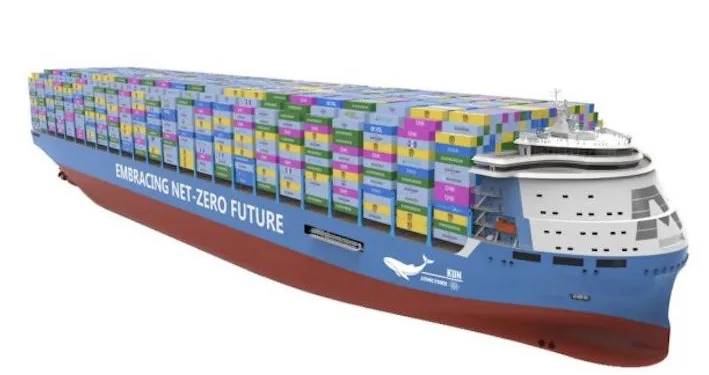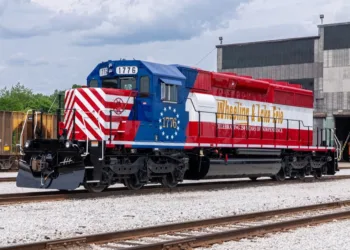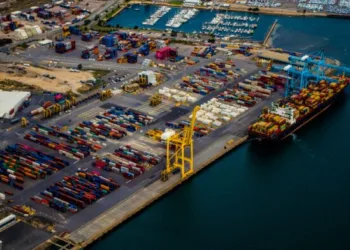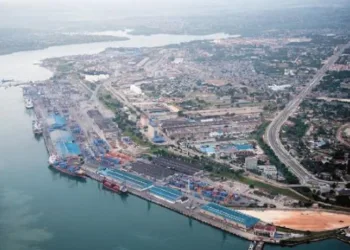Nuclear-powered containerships could unlock $68m in annual savings and eliminate greenhouse gas emissions, according to a new Lloyd’s Register and LucidCatalyst report for Seaspan Corporation, the world’s largest containership tonnage provider.
The report examines the technical, economic, and regulatory potential of integrating small modular reactors (SMRs) into the containership fleet.
For vessel operators, nuclear-powered vessels eliminate their highest operating costs, up to $50m annually in bunker fuel and an estimated $18m in carbon penalties.
According to the analysis, a single 15,000 teu nuclear-powered containership operating at 25 knots (39% faster than conventional vessels) could deliver up to 38% higher annual cargo capacity compared to conventionally fuelled vessels through a combination of increased speed (enabling 6.3 versus 5 round voyages annually) and 5% additional container space from the elimination of fuel tanks and systems.
The report highlights that translating these requirements into a rigorous, requirements-led supply chain and procurement strategy, through a cross-industry consortium, is essential for widespread success. If the industry pledges to purchase more than 1,000 units in 10–15 years, it estimates that modular reactors could be produced for $750–1,000 per kilowatt, significantly cheaper than conventional nuclear power plants, and maintained within standard vessel drydock cycles. Each unit would be designed to operate for around five years between refuelling, drastically reducing downtime and providing independence from global bunkering networks.
The study outlines a roadmap showing how manufactured nuclear propulsion units could reach commercial readiness within four years of starting an intensive program, with total system costs below $4,000/kW and fuel costs under $50/MWh. Market modelling indicates potential uptake of 40–90 GW by 2050, depending on regulatory progress and industry adoption.
The findings also point to best practices for designing a competitive supply chain that provides depth of supply, competition on price and performance, and avoids vendor ‘lock-in’, as well as innovative reactor and fuel-leasing models that could help shipowners and operators manage upfront costs while maintaining safety and regulatory compliance.
The report forms the first phase of a three-part programme. The next stage will focus on concept design and regulatory readiness, including engagement with shipyards, port authorities, and nuclear regulators. A final phase will create a detailed implementation roadmap, outlining risk management, certification, and investment strategies for large-scale deployment.
Peter Jackson, chief technology officer at Seaspan, said: “Naturally, there are challenges to overcome, but I am confident that ongoing work in this area and studies like this will soon allow nuclear-powered containerships to be operating safely, economically, and emission-free.”
Eric Ingersoll, managing partner, LucidCatalyst, added: “Nuclear propulsion transforms shipping economics, not just emissions. Our analysis shows that nuclear-powered containerships will likely outcompete conventionally fuelled and green fuelled competitors—dominating their trading routes through superior performance without requiring green premiums. The key to unlocking this advantage is organising the market through sophisticated supply chain and technology strategies.”























